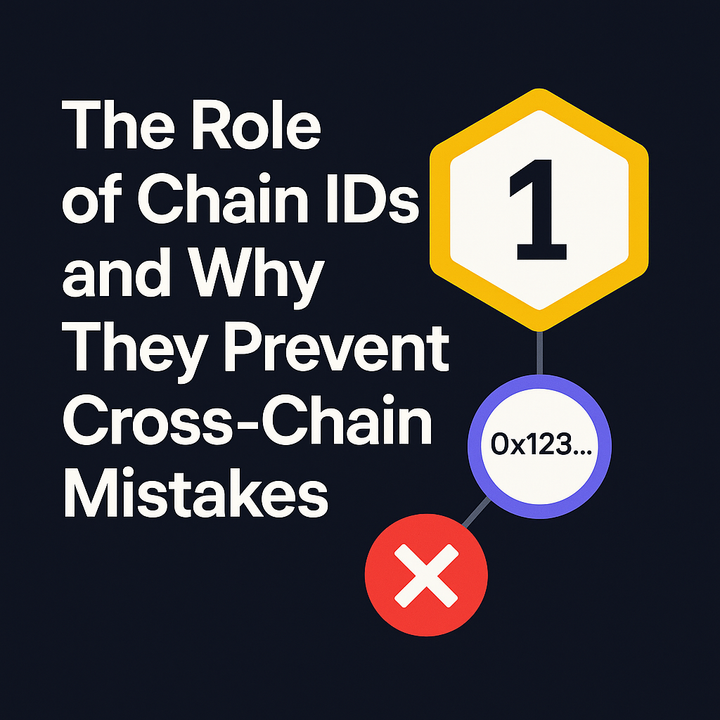Modular Chain Wars: The Coming Liquidity Battles

In the ever-evolving world of crypto infrastructure, modular blockchains are quickly becoming the backbone of a multichain future. These networks break apart monolithic architecture into customizable layers (execution, settlement, consensus, and data availability), offering developers unprecedented flexibility. But with innovation comes conflict. As these modular ecosystems scale, they’re headed for a battleground that few are openly acknowledging: liquidity wars.
The race is no longer just about blockspace or TPS; it’s about attracting and retaining liquidity, the lifeblood of all decentralized finance. As capital becomes programmable and cross-chain interoperability matures, the next frontier will be defined by who controls the flows.
This article examines three key dynamics that shape the liquidity battles among modular chains: execution layer fragmentation, programmable liquidity protocols, and cross-chain liquidity abstraction.
Execution Layer Fragmentation: The Dapp Diaspora
Modular chains have unleashed a proliferation of app-specific execution layers. Rollups, appchains, and L2s like Arbitrum Orbit, Optimism Superchain, and Polygon CDK are allowing projects to spin up their own chains, tailored to their performance and governance needs. While this is great for scalability, it has also fragmented liquidity across isolated environments.
Every new chain must bootstrap users and liquidity from scratch. And despite bridges and interoperability protocols, the capital remains sticky. Users are hesitant to move funds without clear incentives or seamless UX. This results in idle liquidity and inefficient markets across ecosystems.
Moreover, MEV dynamics play differently across chains. Certain L2s are better optimized for latency or block inclusion, pulling specific DeFi use cases while pushing others away. In short, execution-layer fragmentation has turned DeFi into a patchwork of liquidity silos, each battling for relevance and capital.
Programmable Liquidity Protocols: The Rise of the Middle Layer
Enter a new class of infrastructure: programmable liquidity protocols like Mitosis, Everclear, and Socket. These systems are not just bridges; they are liquidity engines that coordinate capital across multiple chains using intents, message passing, and composable execution.
These protocols act as the middleware of the modular future. Instead of forcing users to choose between L2s, they let developers orchestrate liquidity strategies across chains, abstracting away the complexity from end-users. Capital can now be routed dynamically to where it's needed most: high-yield farms, arbitrage opportunities, or liquidity bootstraps.
But this comes with its own battlefield. Each protocol is now competing to own the liquidity router layer, becoming the default gateway for capital movement. Control this layer, and you control where DeFi happens. Expect fierce competition here, not just among the protocols themselves, but also between ecosystems trying to incentivize integrations that lock liquidity into their orbit.
Cross-Chain Liquidity Abstraction: The Endgame Layer
While bridges focus on moving assets and middleware enables liquidity execution, a third emerging concept may be the most disruptive: liquidity abstraction.
Projects like Mitosis are experimenting with xAssets and Matrix State systems, allowing liquidity to exist simultaneously across multiple chains without constant bridging. Through zero-knowledge proofs and intent-based execution, users can mint tokens on one chain, use them on another, and withdraw elsewhere without manually hopping chains.
This abstraction layer effectively detaches liquidity from geography. It decouples a user’s capital from any one chain and lets developers build truly chain-agnostic applications. In this world, users no longer care where their funds live, only that they work.
This is the true endgame of modularity: one liquidity layer that powers all execution layers. And whoever gets there first, with the best UX, the tightest security guarantees, and the most seamless integrations, will likely become the settlement layer of DeFi by proxy.
Conclusion
The coming liquidity battles in DeFi aren’t just about attracting users with flashy APYs or slick interfaces; they’re about something deeper: abstracting complexity, unlocking composability, and automating capital flows across an increasingly modular and multichain ecosystem. Execution-layer fragmentation has splintered liquidity across countless silos, making coordination inefficient and capital deployment suboptimal. As a result, programmable liquidity protocols are emerging as the new middleware warzones, each one vying to dominate the capital routing layer.
In this evolving landscape, liquidity abstraction stands poised to fundamentally reshape DeFi. By detaching assets from their native chains and enabling true chain-agnostic behavior, this innovation redefines where liquidity can and should live. It’s no longer about being on Ethereum, Solana, or any specific chain; it’s about accessing the best experience, wherever that may be.
And so the question becomes: in a world where liquidity can exist anywhere and move seamlessly, will users even care which chain they're on? Or will they gravitate solely toward the protocols and platforms that offer the most seamless, intuitive, and rewarding experience?
The modular chain wars are already well underway, but the victors won’t necessarily be the fastest or cheapest. Instead, they’ll be those who can orchestrate capital across chains with agility, composability, and minimal friction. The real battle ahead isn’t for blockspace, it’s for liquidity primacy in a post-chain world.



Comments ()